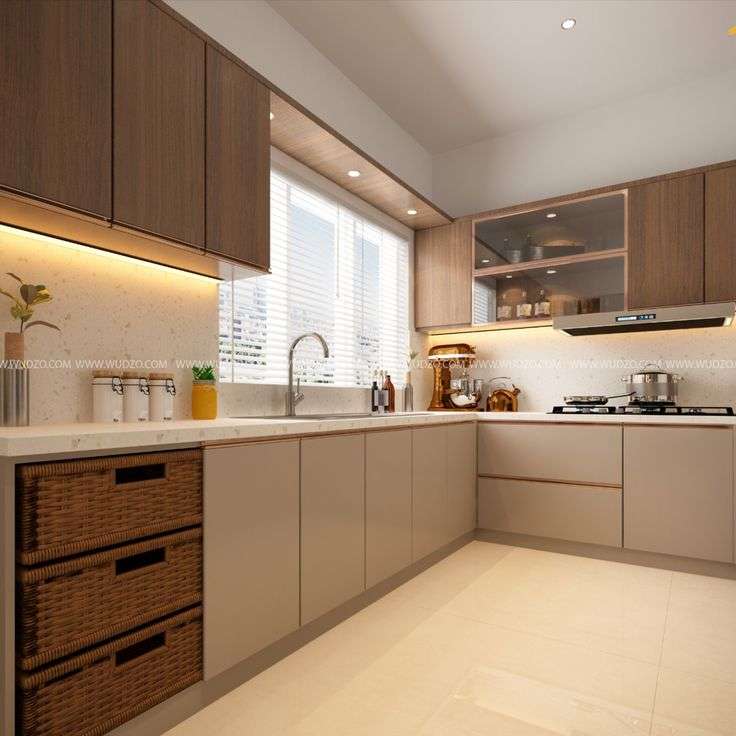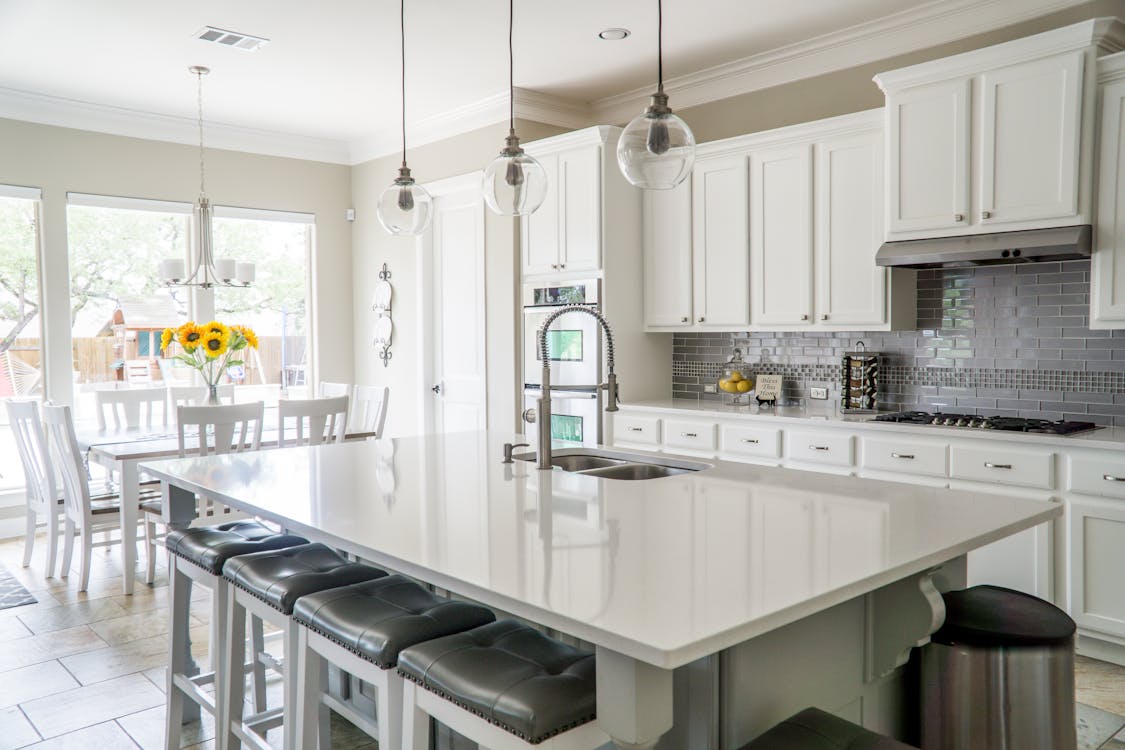The kitchen, often considered the heart of a home, is a space where functionality meets aesthetics. In recent years, the concept of modular kitchens has gained immense popularity, offering homeowners a blend of style and efficiency. However, the cost of a modular kitchen can vary significantly based on various factors. In this comprehensive guide, we will delve into the key elements that influence the cost of your modular kitchen, helping you make informed decisions for your dream culinary space.
- Kitchen Layout and Size:
The layout and size of your kitchen play a pivotal role in determining the overall cost of a modular kitchen. Different kitchen layouts, such as L-shaped, U-shaped, or parallel kitchens, come with varying complexities in design and installation. Larger kitchens generally require more materials, accessories, and labor, contributing to higher costs. Additionally, customization to fit specific dimensions may incur additional expenses.
- Material Selection:
The choice of materials for your modular kitchen has a significant impact on both its aesthetic appeal and cost. The most common materials include:
a. Cabinets: The material used for cabinets can range from economical particleboard to high-end hardwood. Plywood and MDF (Medium Density Fiberboard) are popular choices due to their durability and cost-effectiveness.
b. Countertops: Options like granite, marble, quartz, and solid surfaces offer a range of aesthetics and durability. The price varies based on the type of material chosen.
c. Backsplash: Tiles, glass, or acrylic panels are common choices for kitchen backsplashes, each with its own price range.
d. Hardware: The quality and brand of hardware, such as hinges, handles, and drawer slides, can significantly impact the overall cost.
- Appliance Selection:
The selection of kitchen appliances is a crucial factor influencing the cost of a modular kitchen. High-end, energy-efficient appliances from reputable brands tend to be more expensive. Customized solutions, such as built-in ovens or refrigerators, can also add to the overall cost. It’s essential to strike a balance between functionality, brand preference, and budget constraints.
- Finish and Aesthetics:
The finish and aesthetic features of your modular kitchen contribute not only to its visual appeal but also to its cost. Some factors to consider include:
a. Laminate vs. Veneer: Laminates are cost-effective and come in a variety of colors and finishes, while veneers offer a more natural and premium look but at a higher cost.
b. Paint and Polish: The type of paint or polish used for cabinets and furniture affects the overall cost. High-gloss finishes or custom paint jobs may incur additional expenses.
c. Accessories: Additional accessories, such as pull-out trays, soft-close mechanisms, and built-in lighting, can enhance functionality but may also increase costs.
- Labor and Installation:
The cost of labor and installation is a significant component of the overall modular kitchen budget. Skilled professionals, such as carpenters and electricians, may charge higher fees for their expertise. Additionally, the complexity of the installation process, especially for customized designs, can impact labor costs.
- Brand and Quality:
Opting for reputed brands and high-quality materials can significantly influence the cost of your modular kitchen. Established brands often come with a premium price tag, but they also provide assurance of durability, functionality, and a wide range of design options.
- Geographic Location:
The cost of living and labor charges vary across different geographic locations. Urban areas and metropolitan cities may have higher labor and material costs compared to smaller towns or rural areas. It’s essential to factor in regional variations when budgeting for your modular kitchen.
- Project Timeline:
The urgency and timeline for completing your modular kitchen project can affect costs. Rushed projects may require additional resources and overtime labor, leading to increased expenses. Planning well in advance allows for better cost management and may result in cost savings.
Conclusion:
Designing and installing a modular kitchen involves a careful consideration of various factors, each contributing to the overall cost. By understanding these influences, homeowners can make informed decisions that align with their preferences, needs, and budget constraints. From material selection to labor costs, a well-thought-out approach ensures that your modular kitchen not only meets your culinary requirements but also reflects your personal style. As you embark on this transformative journey, use this comprehensive guide to create a modular kitchen that is not only functional but also a delight to behold.

















